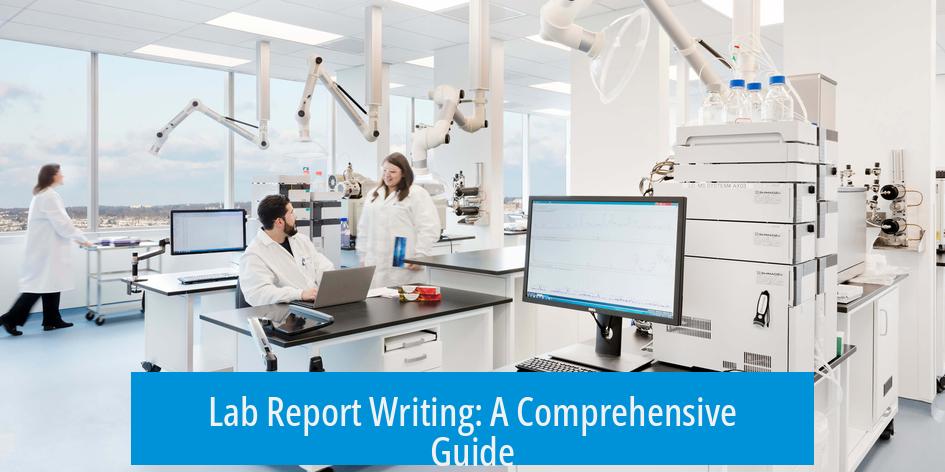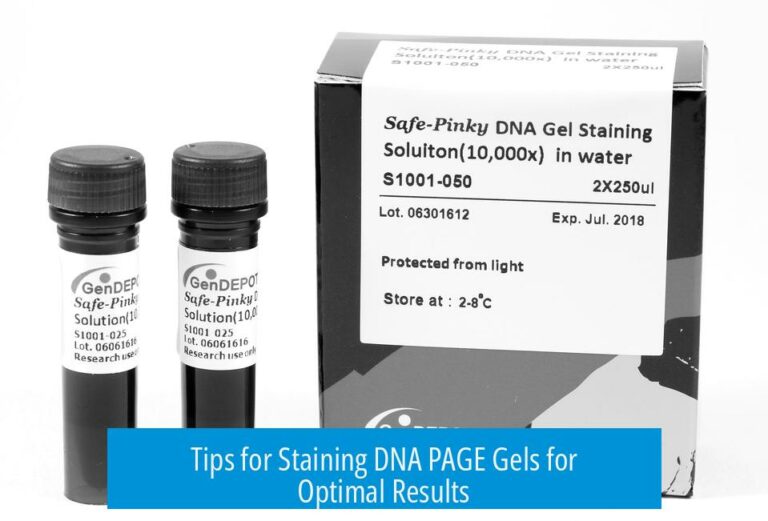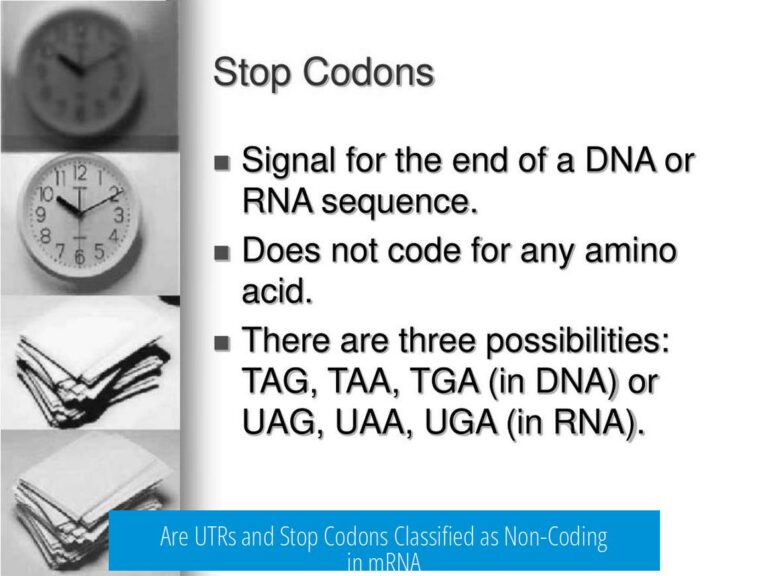Lab Report Writing: A Comprehensive Guide

Lab report writing involves clearly presenting experimental work through a well-structured document including an introduction, methods, data presentation, discussion, and conclusion. This format aligns with scientific journal articles and ensures clarity, reproducibility, and proper analysis.
Structure of a Lab Report
Introduction
The introduction sets the stage for the report. It begins with broad context to engage readers and narrows down to specifics. Authors outline what the experiment entails, the rationale behind it, and its real-world relevance. Crucially, it states the hypothesis guiding the work. This section provides readers with the necessary background and explains the purpose and expected outcome.
Methods Section
This section details the experimental setup. It defines the parameters, the system in use, and variables. The goal is reproducibility, allowing others to replicate the experiment based on this description alone. However, it is important to avoid lengthy equipment or supply lists, focusing instead on the protocol and conditions under which the experiment was performed.
Data Presentation
Data should be displayed through well-organized charts, tables, and figures. These visual elements answer the guiding question posited in the introduction. Each figure must be clear and directly relevant to the experiment’s objectives, aiding in the seamless interpretation of results.
Discussion Section
The discussion interprets the data and its implications. It highlights unexpected observations or confirms anticipated outcomes. Here, writers connect findings back to the hypothesis and evaluate whether the experiment’s objective was met. Authors also explore broader applications of the results and consider alternative explanations or extensions.
Conclusion
The conclusion proposes future directions for the experiment. Rather than generic suggestions like adding more data points, it should provide specific, impactful ideas such as testing different compounds or conditions expected to yield new insights. This section also justifies potential further work, including its significance in scientific or practical contexts, and may function as a proposal for additional funding or research focus.
Writing Style and Tips
Emulate Journal Articles
Writing lab reports in the style of journal articles benefits clarity and engagement. This format is a standard in scientific communication. It features concise, objective language, well-organized sections, and logical progression from hypothesis to conclusion.
Start From the Objective
The discussion should revisit the original objective. Writers should state whether it was achieved, how they know that, and what might improve future experiments. Addressing these points concisely ensures focus and relevance. For example, describing experimental limitations and suggesting adjustments directly relates to the objective.
Avoid Repetition and Waffling
Effective lab reports emphasize precision and economy of words. Avoid repeating points or using filler content. Instead, prioritize presenting new information or clear reasoning. If stuck for words, reevaluate if every sentence advances the argument or adds essential detail to the report.
Purpose and Audience Considerations
Connect Hypothesis and Data
Always ensure data presentation and discussion address the guiding question from the introduction. The hypothesis serves as a benchmark against which results are assessed. Clear linkage between hypothesis, data, and interpretation strengthens the report’s coherence and scientific rigor.
Include Credible Sources
Supporting the background and significance of the experiment with references enhances credibility. Proper citation of previous work situates the experiment within the broader scientific landscape, demonstrating awareness of how findings contribute to ongoing research.
Practical Advice From Experience
Lab reports benefit from breaking monotony. Using engaging, clear language and structuring content logically makes reports easier and more pleasant to read. Experience shows adopting journal article conventions results in higher grades and professional recognition. For example, one technical director notes that following these practices consistently yields top marks and supports career advancement.
Summary of Key Points
- Follow a clear structure: Introduction, Methods, Data, Discussion, Conclusion.
- Write with precision: Keep language clear and focused, avoid unnecessary repetition.
- Make data interpretation central: Relate results directly to the hypothesis and objective.
- Write like a journal article: Use standard scientific communication styles.
- Include sources: Reference literature to highlight significance and context.
- Plan future work thoughtfully: Propose specific extensions, not vague ideas.
What key sections should a lab report always include?
A lab report must have an introduction, methods, data presentation, discussion, and conclusion sections. Each part serves a specific role. For example, the intro sets the stage and states your hypothesis.
How detailed should the methods section be?
Describe your experiment clearly enough for others to repeat it. Include the system and variables but avoid long supply lists. Keep it focused on essential steps and parameters.
How do I link my data to the hypothesis in the discussion?
Explain how your data supports or refutes your hypothesis. Highlight unexpected outcomes and their significance. Relate findings back to the guiding question of the experiment.
What should a strong conclusion address beyond just summarizing results?
Discuss future steps or changes for the experiment. Suggest new angles or compounds to explore and explain why they matter scientifically or socially.
How can writing like a journal article improve my lab report?
This style makes your report clearer and more engaging. It aligns the report with scientific standards and focuses on objective analysis rather than filler or repetition.





Leave a Comment